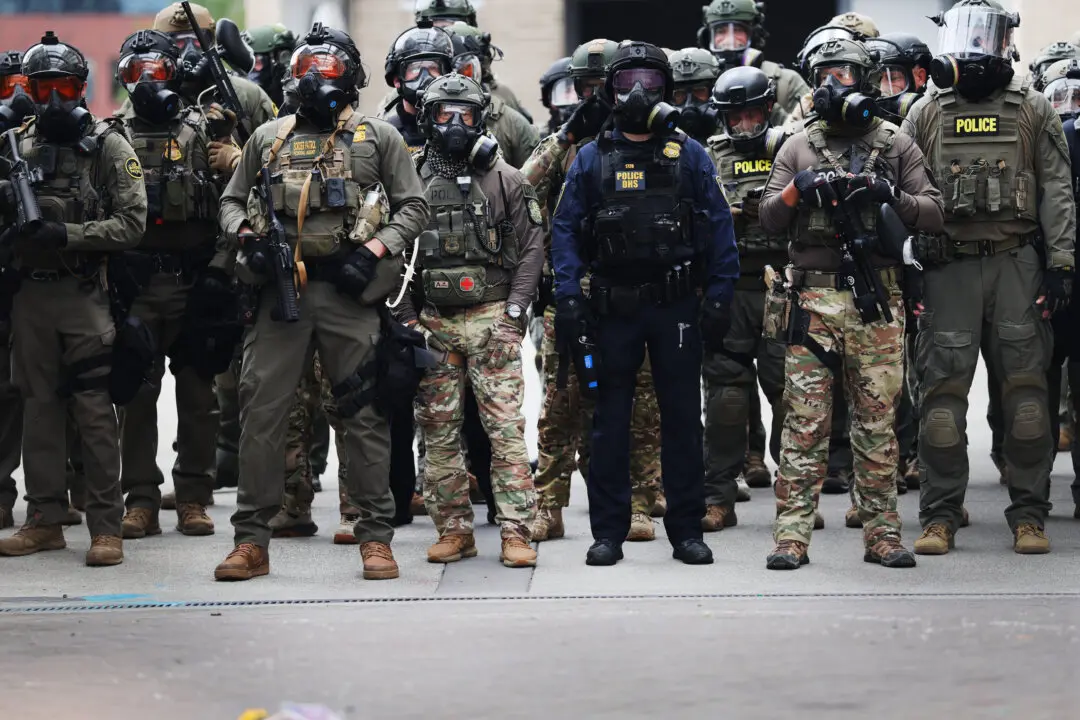An advisory committee from the U.S. Food and Drug Administration (FDA) has voted in favor of approving a new drug application for Pfizer’s COVID pill Paxlovid, even as potential drug interaction risks were highlighted during the committee meeting.
Paxlovid is an oral antiviral pill that has been available for use in the United States since Dec. 22, 2021, under Emergency Use Authorization (EUA). In June 2022, Pfizer submitted an application for full FDA approval of the drug. On March 16, the FDA’s Antimicrobial Drug Advisory Committee (AMDAC) met to give its opinion on the issue.





